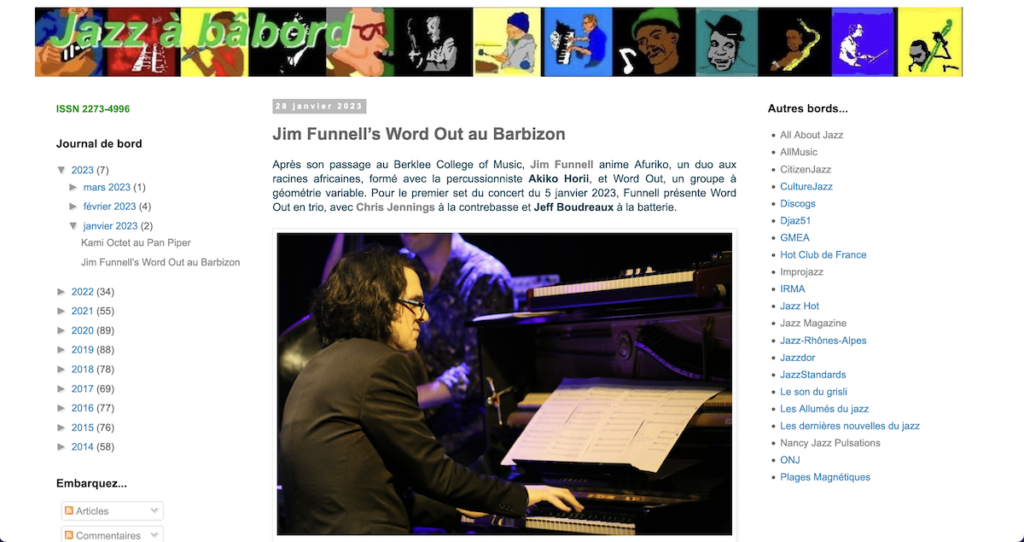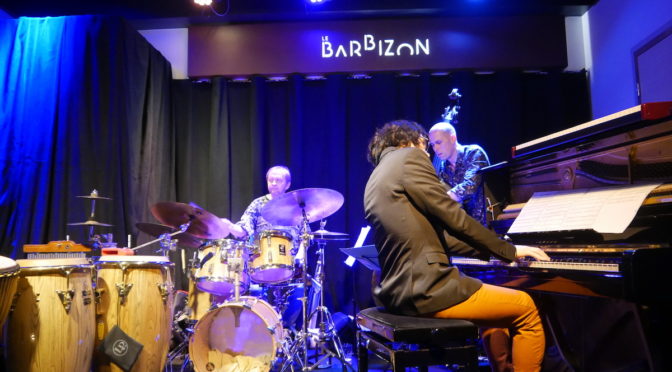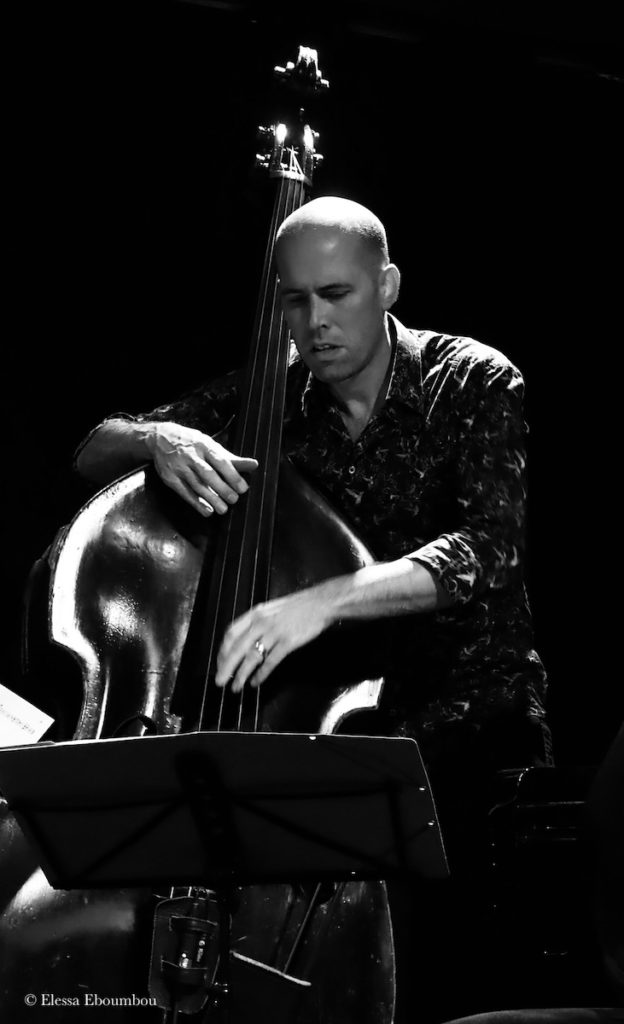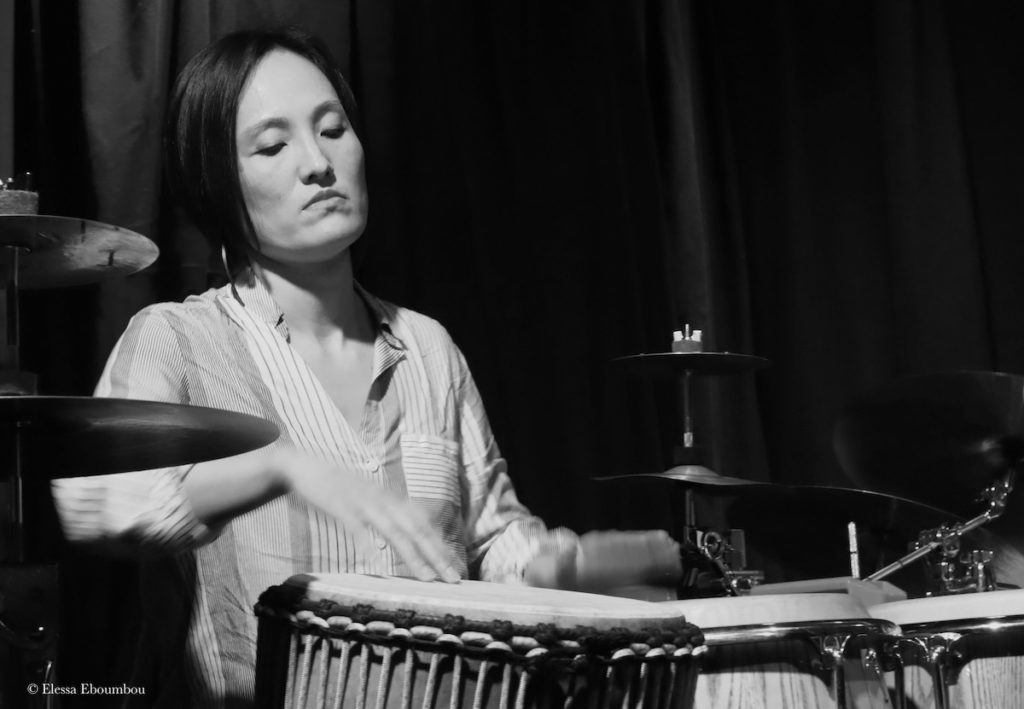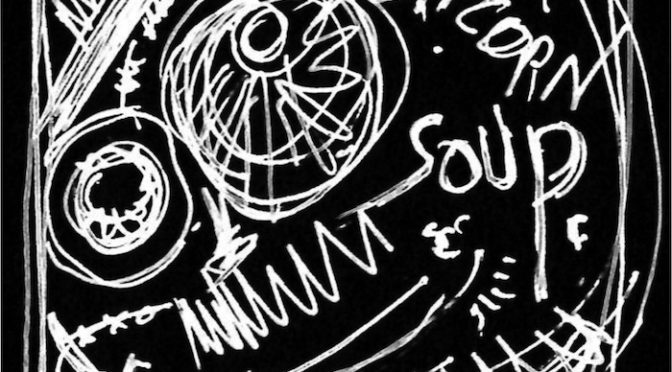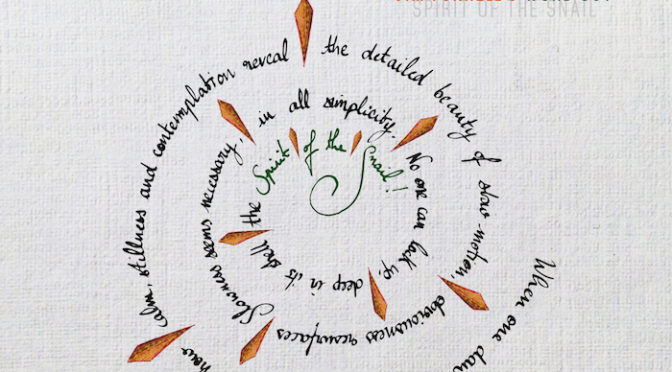🇬🇧 → the three kinds of minor scales in Western tonal harmony
Mineur naturel
La gamme mineure naturelle correspond au mode VI de la gamme majeure, également appelé mode éolien (pour une révision complète des modes, voir cet article). En d’autres termes, elle comporte exactement les mêmes notes que la gamme majeure, mais elle commence et se termine sur le 6e degré de celle-ci.
Par exemple, la gamme de la majeur comporte les notes la si do# ré mi fa# sol# la. Le sixième degré de la gamme est ici la note fa#. On a donc la gamme mineure naturelle suivante : fa# sol# la si do# ré mi fa# (ce qui est identique au mode fa# éolien).
Une autre façon de voir les choses est de penser que la tonique d’une gamme mineure naturelle donnée se trouve une tierce mineure en dessous de la tonique de sa gamme majeure relative.
Par exemple, la gamme mineure relative de do majeur (do ré mi fa sol la si do) est la gamme de la mineur (la si do ré mi fa sol la). En effet, il existe bien un intervalle d’une tierce mineure descendante entre les deux toniques, do et la (pour une révision des intervalles, voir ce PDF).
Mineur harmonique
La majorité des étudiants en musique savent bien que le mineur harmonique correspond au “mineur naturel avec une septième élevée d’un demi-ton”. Mais pourquoi la dénomination de mineur harmonique ? D’où vient le caractère harmonique de la gamme ?
Considérez ceci : l’accord construit sur le cinquième degré de la gamme mineure naturelle est un accord de septième mineure (Emi7 dans la tonalité de la mineur). Pour obtenir une relation dominante-tonique semblable à celle qui existe dans les tonalités majeures (G7 à C par exemple, avec le triton fa et si se résolvant vers les notes mi et do), la tierce mineure de l’accord V doit être augmentée d’un demi-ton. L’accord Vmi7 devient alors V7 : un accord de dominante avec une tierce majeure (appelée note sensible parce qu’elle se résout un demi-ton plus haut vers la tonique). La gamme reflétant ce changement dans l’accord V devient mineure harmonique. C’est-à-dire que l’on a : la si do ré mi fa sol# la (ici, le sol# est à la fois la note sensible de la gamme mineure harmonique de la et la tierce majeure de l’accord construit sur le cinquième degré de cette gamme, E7). Vous me suivez ? J’espère que cela prend sens ! Puisque vous êtes avec moi, passons maintenant à la gamme mineure mélodique…
Mineur mélodique / jazz
Dans la gamme mineure harmonique, la septième majeure crée un intervalle d’une seconde augmentée, un “interstice” mélodique pour ainsi dire, entre le sixième et septième degré de la gamme (certains penseront que cela donne une impression “exotique” ou “moyen-orientale”). Cet “intervalle” peut s’avérer gênant pour une oreille occidentale qui s’attend à une série de secondes majeures et mineures, c’est-à-dire à des tons et des demi-tons (comme c’est le cas dans les gammes majeures et mineures naturelles).
En élevant la sixte d’un demi-ton (de fa à fa# en la mineur), on fait disparaître l’intervalle de seconde augmentée ; on “lisse” donc la gamme du point de vue des intervalles. Le résultat est ce que l’on appelle le mineur mélodique (ou encore jazz minor en anglais). En la, nous avons donc : la si do ré mi fa# sol# la.
En regardant la gamme sous un angle différent, on remarque qu’une gamme mineure mélodique donnée comporte toutes les mêmes notes que la gamme majeure qui lui est parallèle (donc basée sur la même tonique), à l’exception de la tierce, qui, bien sûr, doit être mineure (abaissée d’un demi-ton lorsque l’on passe de la gamme majeure parallèle à la gamme mineure mélodique en question).
Attention : en musique classique, la gamme mineure mélodique prend deux formes distinctes, ascendante et descendante. Les compositeurs avaient en effet coutume de privilégier l’une ou l’autre selon que leurs lignes mélodiques allaient dans telle ou telle direction. La forme ascendante (avec la sixte et la septième majeures) correspond à ce que l’on appelle simplement mineur mélodique en jazz, tandis que la forme descendante correspond à la gamme mineure naturelle (sixte et septième mineures). On a donc, en la mineur : la si do ré mi fa# sol# la sol fa mi ré do si la.
Résumé
| Nom de la gamme | Exemple en la | Remarques |
| mineure naturelle | la si do ré mi fa sol la | Équivalente au mode éolien. Relative de la gamme de do majeur (les deux gammes partagent toutes les mêmes notes). |
| mineure harmonique | la si do ré mi fa sol# la | Présence de la note sensible (septième élevée d’un demi-ton), créant une tension harmonique et permettant d’avoir la progression V7-Imi. |
| mineure mélodique | la si do ré mi fa# sol# la | Équivalente à la gamme majeure parallèle (la majeur) avec une tierce abaissée d’un demi-ton (mineure au lieu de majeure). |
Ces trois types de gammes mineures se retrouvent couramment dans le système tonal occidental. Il existe cependant une myriade d’autres modes et de gammes ayant une sonorité mineure (tels que les modes dorien, phrygien, éolien, locrien, ou encore la gamme mineure hongroise et la pentatonique mineure).



